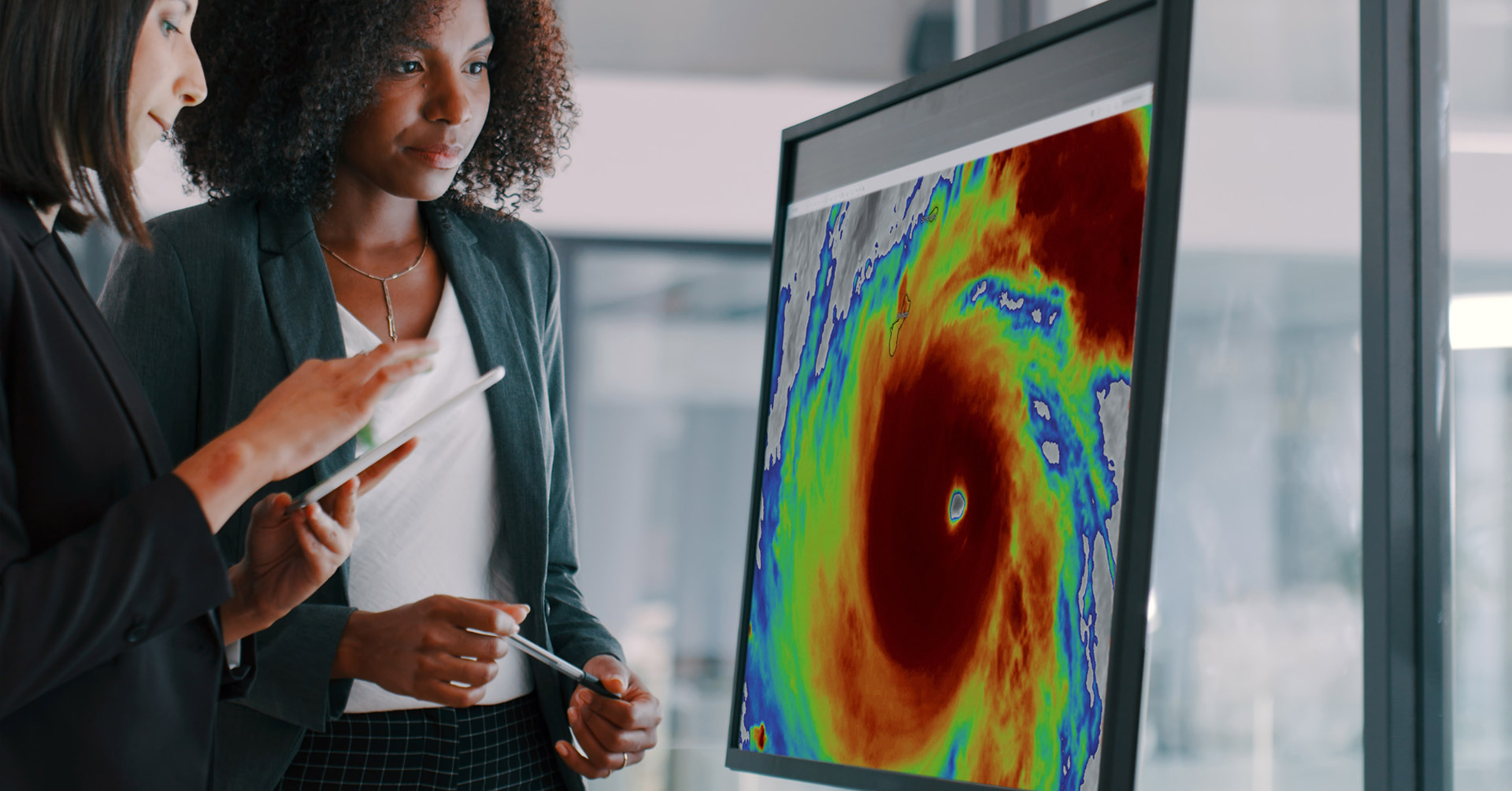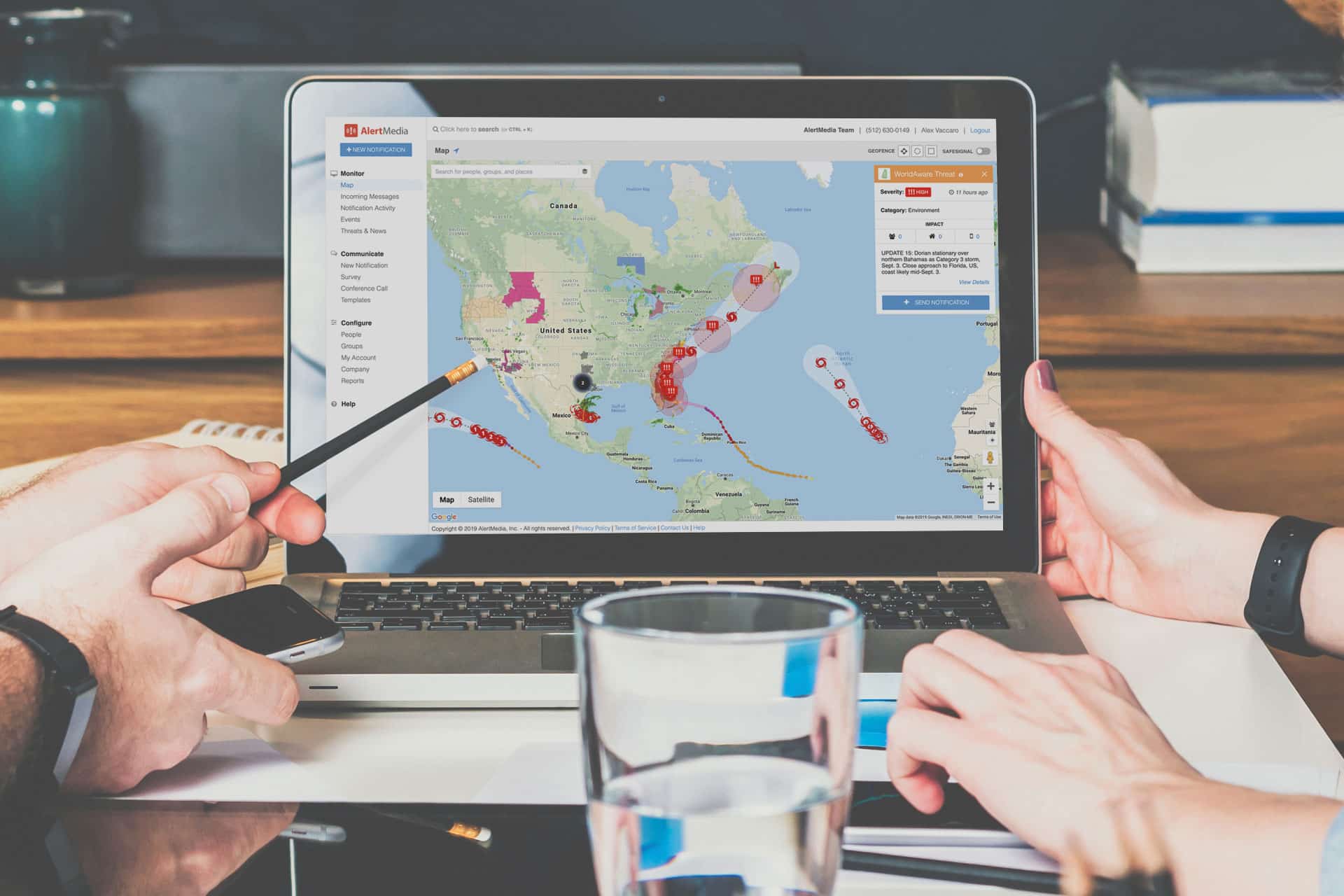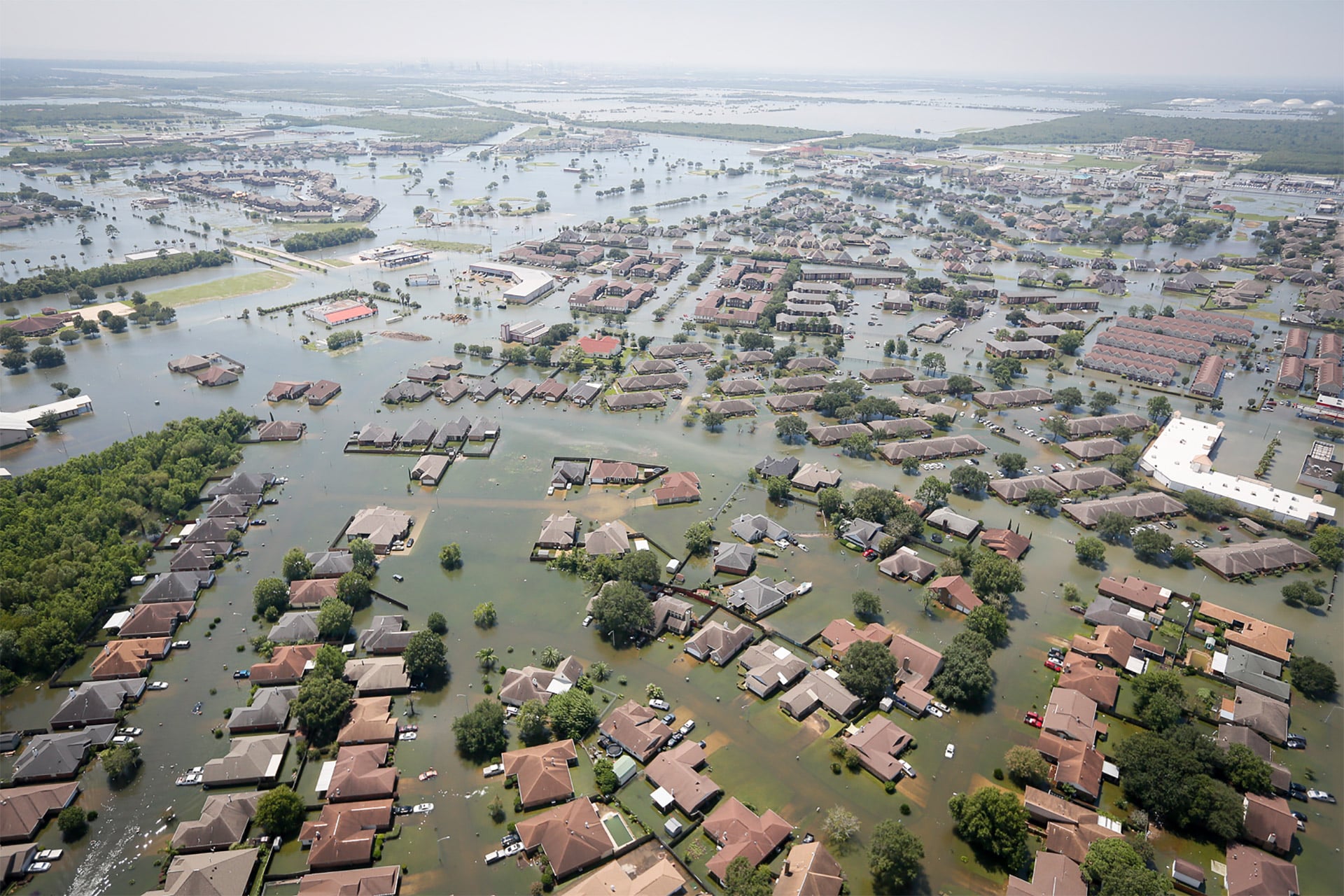
Hurricane Checklist for Businesses and Employees
Learn what to include in your hurricane checklist and how to prepare your people and business in advance of a storm.
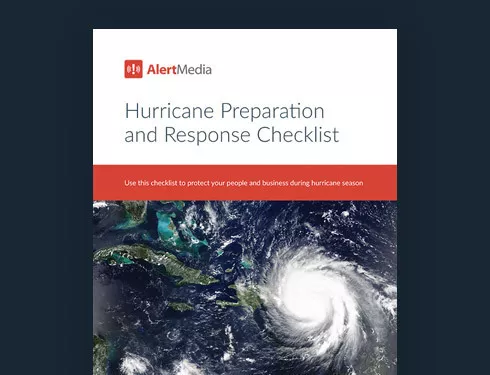
We are living in a new era of hurricane season forecasts. Over the past few decades, hurricanes have increased in number and severity — so much so that the National Oceanic and Atmospheric Administration (NOAA) has upgraded its definition of what constitutes an “average” hurricane season.
Even by these new high standards, the 2024 hurricane season looks to be well above average. Experts at Colorado State University (CSU) are predicting 23 named storms, 11 hurricanes in total, and five major hurricanes.
The Federal Emergency Management Agency (FEMA) has urged resilience planning to mitigate damage. Careful preparation can go a long way in reducing loss, maintaining business continuity, and protecting your people. It also provides peace of mind for employees and their families. A well-thought-out hurricane preparedness checklist for your business can make preparing for this challenging season much, much more manageable. This post will cover building a hurricane checklist for business leaders and employees to help avoid business interruptions and keep your people and property safe before, during, and after a storm.
Download Our Hurricane Preparation and Response Checklist
Why Businesses and Employees Should Prioritize Hurricane Preparedness
Significant portions of the United States are at risk for tropical storms and hurricanes. Each year, heavy rains, strong winds, and hurricane-related floods cause an estimated $54 billion in structural damages — with $9 billion of that attributed to commercial businesses.
When a hurricane or tropical storm makes landfall, damage and disruption soon follow. Food and basic supplies may run out or be cut off for a period of time. Felled trees can wipe out electricity, and roadways may flood at a moment’s notice. According to the National Oceanic and Atmospheric Administration (NOAA), inland flooding accounts for over 50% of hurricane-related deaths each year. And the U.S. Department of Labor says 75% of businesses without a business continuity plan will fail within three years of a disaster.
Experiencing a hurricane can be a stressful situation for business owners and individuals. But the more time and effort you put into your emergency preparedness plan, the easier it will be to remain calm, act quickly, and lessen the impact on your business.
Hurricane Preparedness Checklist for Businesses
Preparing for a hurricane begins long before the hurricane warning is sent out. Having a plan ready to set in motion is vital for protecting your people, property, and locations in the event of natural disasters.
Follow these steps to ensure your business is hurricane-ready:
 Step 1: Assess your risk
Step 1: Assess your risk
Understanding the risks your business may face in a severe weather event is multifaceted. The first step is to identify a storm in its infancy so that you can start to gauge how it will affect your people and business. Severe weather events evolve rapidly. So, whether you are monitoring NOAA and local weather advisories or using a threat intelligence system, the latest storm data is key to understanding your potential for impact.
The other side of assessing your risk includes knowing which areas the organization should address to mitigate loss and recover quickly. Start with a detailed inventory of your:
- People: Your most important responsibility is keeping your people safe and accounted for. Maintain an up-to-date list of who is in the building, who is at home, and who is on the road so you know who is most at risk. You also want an accurate, up-to-date contact list with phone numbers for everyone.
- Assets: Take stock of your facilities and equipment across all sites, including the location of important documents and sensitive data. Consider what items you may need to relocate to a more secure location before a storm.
- Locations: If yours is a multi-location business, it’s important to develop comprehensive risk assessment and response procedures that account for all of your business locations.
- Surroundings: Which structural elements of your site or sites need to be secured before a storm? Do you have outdoor furniture, signage, or public areas that will be compromised?
- Systems: You’ll need a plan for your utility systems, as well as for protecting your data in case the power goes out. We recommend backing up data remotely, in the cloud, and on-premises. Also, consider whether you’ll need a backup generator or water supply to continue business operations.
- Policies: Review your flood insurance and other disaster policies with your insurance company, including any guidelines for documentation. HR teams will also need to review or outline employee policies related to compensation, early release, telework, returning to work, etc.
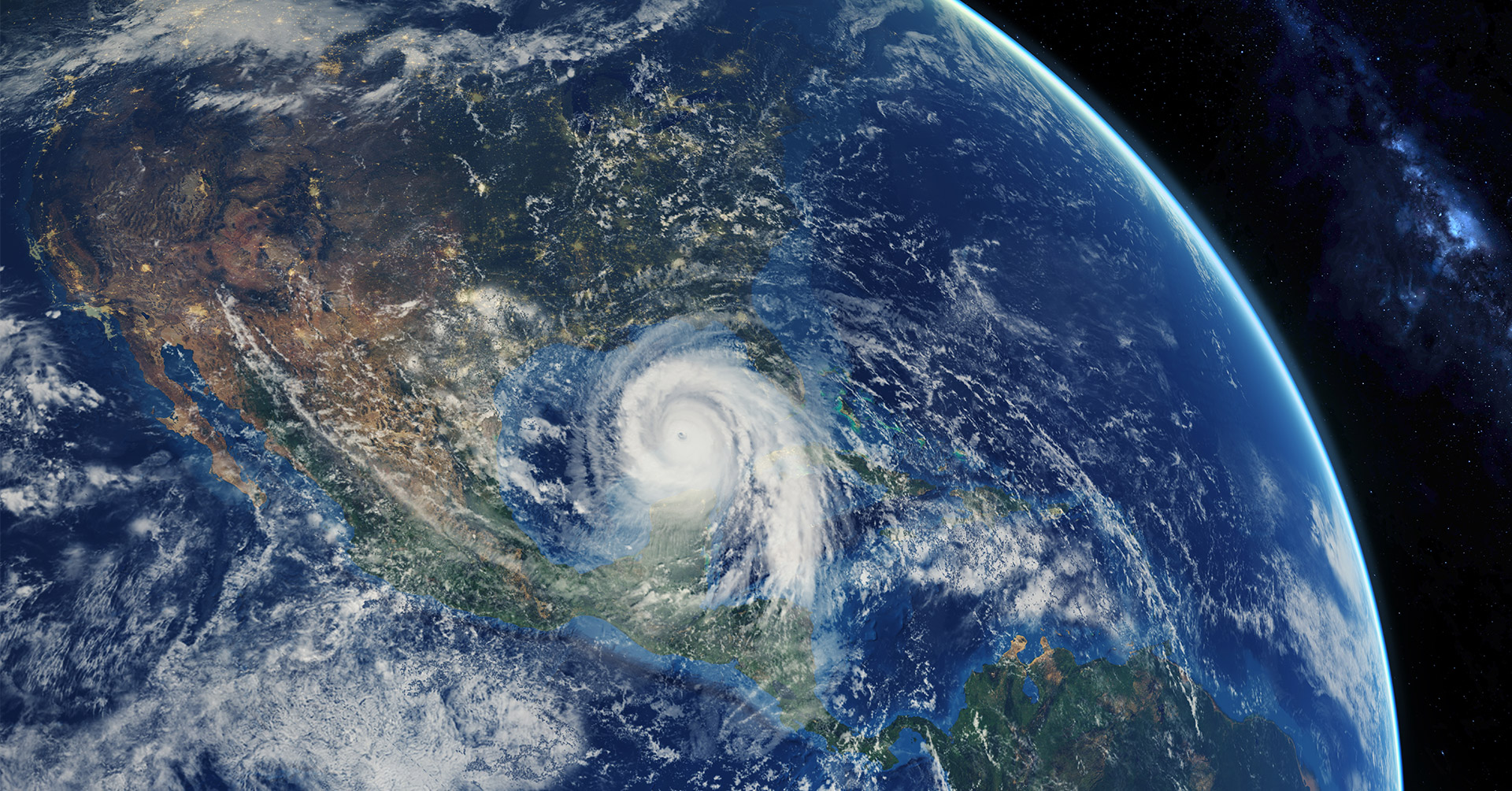
 Step 2: Develop a hurricane response plan
Step 2: Develop a hurricane response plan
Once you have a clear picture of a hurricane’s potential impact on your business, start mapping out how you’ll respond once the storm approaches. Developing a proactive hurricane preparedness plan with explicit instructions helps ensure continuity, reduce loss, and protect employee safety.
- Assemble a response team: An emergency response team will manage and put your plan into action. Put together a team of people from various departments, including the C-suite.
- Outline emergency protocols: Your evacuation plan should include specific instructions for employees in at-risk locations, including details concerning remote emergency shelter locations and when to shelter in place, as well as general safety recommendations such as seeking high ground for flash flooding, steering clear of floodwaters, and monitoring for other hazards like downed power lines.
- Procure disaster supplies ahead of time: Keep plenty of non-perishable food, snacks, and water on hand for employees, and always check and restock your supplies before storm season.
- Create a communications plan: In an emergency, time is your greatest asset. A mass notification system allows you to keep employees safe and informed throughout all stages of a hurricane.
- Plan ahead for a quick recovery: The faster your business can bounce back, the better. Business continuity and disaster recovery should be one of your primary concerns—after the safety of your employees and customers. In your hurricane checklist, include a recovery plan for cleanup and damage control, including making contact with employees and their families to offer assistance.
 Step 3: Practice & prepare
Step 3: Practice & prepare
Creating a hurricane plan is a significant first step, but simply having a plan in place isn’t enough. Employees and business leaders alike need to feel prepared for what to expect and comfortable putting plans into action. Take time to develop awareness around why hurricane preparation for your business matters, and give everyone a chance to practice your storm response plan.
Awareness & training
Hold a preparedness discussion to let your teams know what you’ve done to prepare for a hurricane and review instructions for how to respond in various scenarios. Ensure each person understands their unique roles and responsibilities, who they report to, and the resources available to them.
Mock drills
Performing mock drills with your designated emergency management team will help everyone get comfortable with their role and help them remain calm during a real-life emergency. Provide a copy of your emergency response plan and run everyone through it with the opportunity to ask questions. Then, go over practical recovery strategies for various “what-if” scenarios to build confidence among your team that they’ll be able to handle any situation.
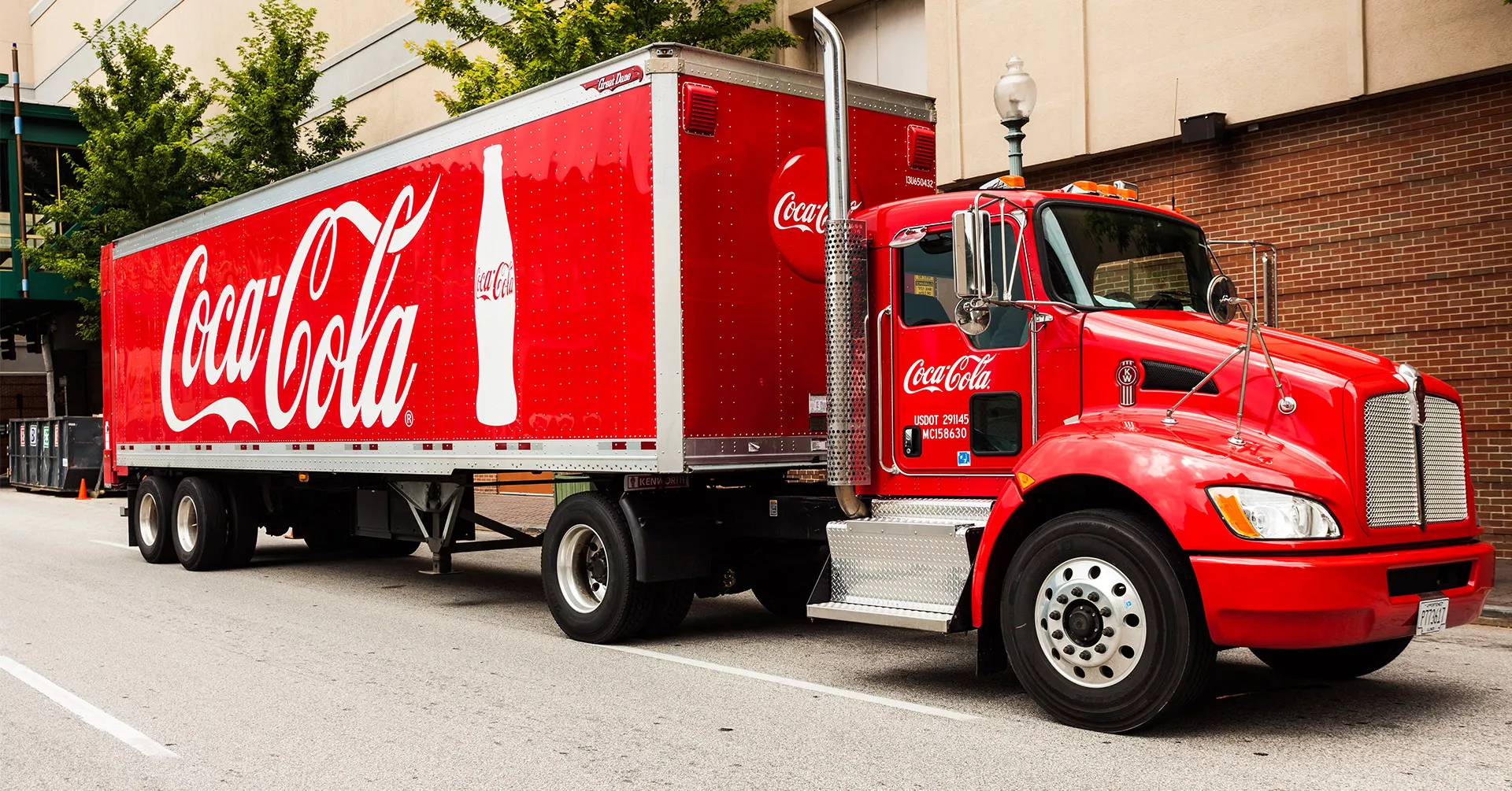
 Step 4: Take action
Step 4: Take action
Hopefully, if you’ve planned, prepared, and practiced, your business can weather the storm with minimal damage.
During a hurricane, you’ll likely need to provide critical updates and action plans, as well as check-in on employees’ well-being. An emergency communication system helps you get your people the information they need quickly via multiple channels at once (i.e., text message, cell phone call, push notification, email).
If you want to go above and beyond, find ways to care not only for your employees but for your community. For example, you can offer to serve as a charging station for people without power or other businesses experiencing outages if you have power. If you’re in a position to do so, consider providing meals and supplies to employees’ family members who need them. But an organization can ensure they’re fulfilling their duty of care to their employees and the larger community only if they’ve taken steps beforehand.
Hurricane Checklist for Employees
Preparing employees for what to expect when disaster strikes is a vital part of any hurricane plan. The business should work together with employees to ensure preparedness and safety.
Share the following best practices with your employees in advance of a storm to ensure they are prepared:
![]()
1. Know the plan
It’s in every employee’s best interest to understand what’s expected of them if a disaster occurs. Be aware of your company’s hurricane response plan, including the evacuation plan, safe spaces within the building, and how to secure your workspace if it’s required.
 2. Stay informed
2. Stay informed
Whether in Florida, along the Gulf, on the Atlantic Seaboard, or another inland location far away, every employee should have a list with all of their direct points of contact during hurricane season and where to go for updates. If your company has an emergency communication system in place, ensure you understand how critical information will be shared and how to request help if needed.
 3. Be proactive
3. Be proactive
Keep an emergency supply kit in your work area, your home, and potentially in your vehicle. To prepare for extended periods without power in your office, keep a flashlight, portable battery-powered phone charger, and extra batteries on hand. If you take prescription medications, speak with your physician to ensure you have extra. In the event of a power outage, credit cards might not work, so plan to keep some spare cash accessible.
General Hurricane Preparedness Tips
With more people working remotely, hurricane safety also means preparing your home ahead of any significant storm. Taking a few steps now will go a long way in ensuring your safety (and that of your employees and their family members) should a storm hit. And knowing that your home is secure can provide peace of mind during an emergency at work.
You and your employees need to prepare for the possibility that you lose power, supplies run out, and water becomes undrinkable. Put together a collection of essential items you and your family may need in case of an emergency. Close them in airtight plastic bags, and store your entire hurricane kit in a large plastic container or waterproof duffel.
Hurricane safety kit
Prepare the following, at a minimum:
- Food and water: Ready.gov recommends a three-day supply of non-perishable food for your whole family and one gallon of water per person, per day, for drinking and sanitation.
- Tools & supplies: Your emergency toolkit should include a flashlight, extra batteries, chargers, candles, a basic set of plates/cups/utensils such as a camping or mess kit, manual can opener, blankets, plastic sheeting (or garbage bags), duct tape (in case you need to shelter in place), waterproof containers, a battery-powered radio, and an NOAA weather radio.
- First aid kit: Prepare a basic first aid kit with pain relievers, hand sanitizer, bandages, gauze, latex gloves, antibiotic cream, tweezers, scissors, and any other medical supplies you may need.
- Special items: Make sure you’re covered when it comes to personal hygiene items, medications, contact lenses and supplies, baby formula, diapers, emergency generators, and extra cash.
Basic hurricane preparedness action items
Before the storm arrives, do the following:
- Fill your gas tank
- Keep your cell phone charged
- Close windows, doors, and hurricane shutters
- Bring in anything from outside that could be picked up by high winds
- Unplug small appliances and turn off propane tanks
- Keep important documents, including emergency contact information, in a waterproof, portable container
- Plan, discuss, and practice emergency plans and evacuation routes with your family members
Preparedness Mitigates Harm and Facilitates Recovery
While you can’t predict precisely how a hurricane will impact your home, family, or place of business, that doesn’t mean you can’t prepare for what to do when it hits. With proper planning and cooperation from employees and business leaders, you can mitigate property damage and get back to normal quickly and safely.
With an extremely active hurricane season on the way, there’s no time to waste. Having an emergency communication system already in place will reduce stress and ultimately help protect your people and business.
Download Our Hurricane Preparation and Response Checklist
More Articles You May Be Interested In
-
 Emergency ManagementHurricane Preparedness Plan for Businesses
Emergency ManagementHurricane Preparedness Plan for Businesses -
 Safety and Security, Emergency ManagementHow Local Threat Monitoring Can Protect Your People During a Hurricane
Safety and Security, Emergency ManagementHow Local Threat Monitoring Can Protect Your People During a HurricaneAn effective hurricane response requires a lot. You need to be quick to identify the storm as a threat. You need to plan accordingly—and update that plan as the forecast changes. And you need to communicate that plan to your employees, so that they know what is expected of them and what your organization is…
-
 Emergency Management, Safety and Security3 Post-Hurricane Safety Precautions for Facility Managers
Emergency Management, Safety and Security3 Post-Hurricane Safety Precautions for Facility Managers

